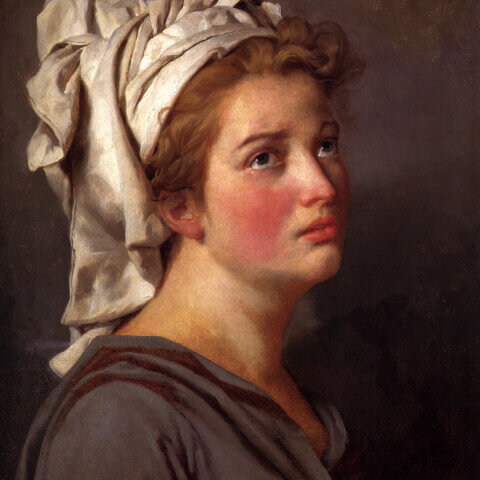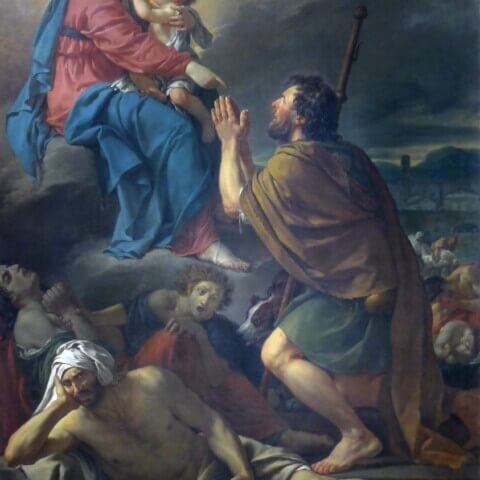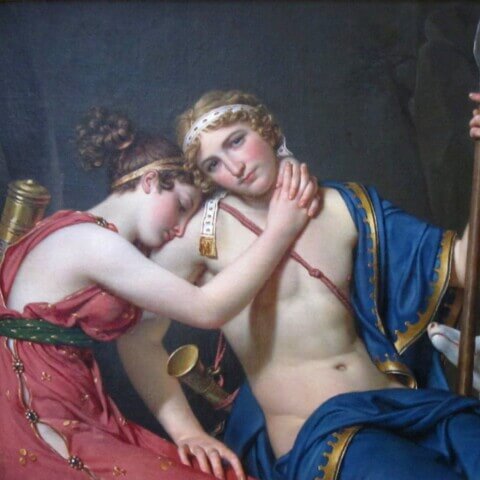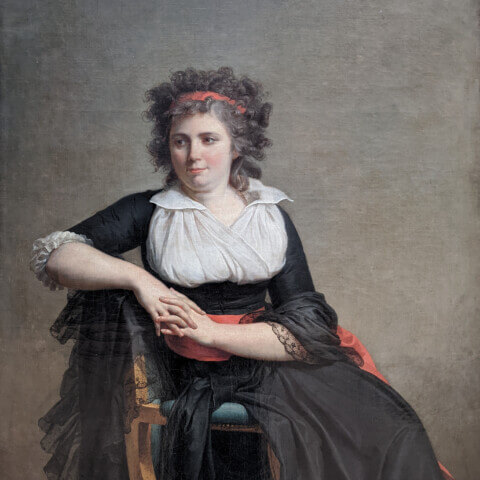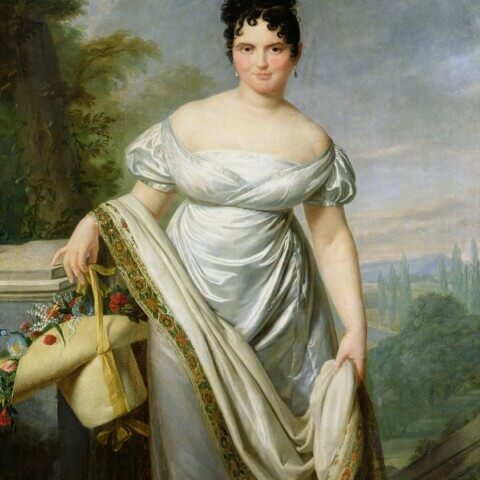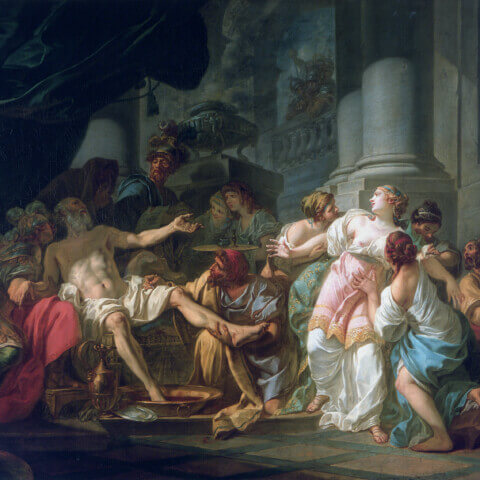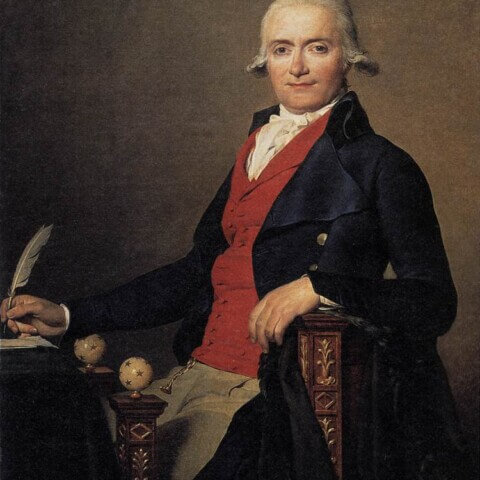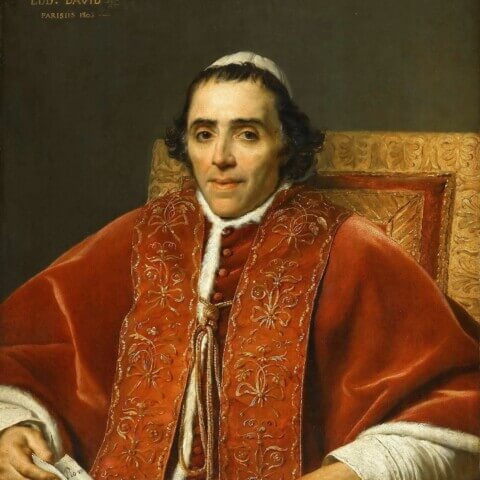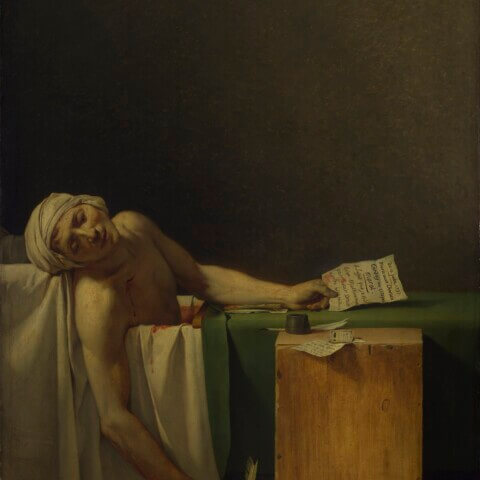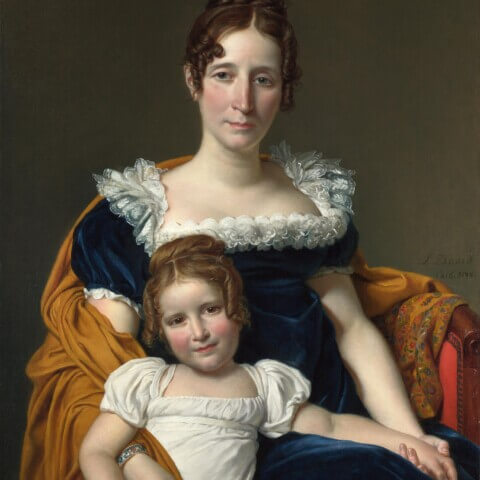Jacques-Louis David
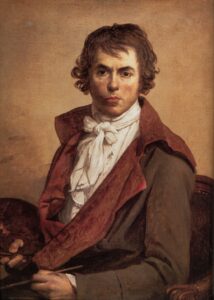
Jacques-Louis David (1748-1825), often heralded as the preeminent painter of the French Neoclassical period, played an essential role in the evolution of European art. Born in Paris, he embarked on his artistic journey under the tutelage of François Boucher and Joseph-Marie Vien, later becoming an influential member of the French Academy. David’s initial recognition came with his winning of the Prix de Rome in 1774, leading him to study in Italy where he was profoundly inspired by Classical art and antiquity.
Notable for his refined draughtsmanship and attention to historical detail, David’s art encapsulated the rationalism and austerity that defined the Neoclassical style. Works like “Oath of the Horatii” (1784) and “The Death of Socrates” (1787) reflected the contemporary ideological shift towards Enlightenment values, establishing him as a politically engaged artist.
During the tumultuous era of the French Revolution and the subsequent reign of Napoleon Bonaparte, David’s loyalties shifted with the changing political landscape. His masterful portraits, such as “Napoleon Crossing the Alps” (1801), helped shape the public image of these controversial figures.
Following the fall of Napoleon, David went into exile in Brussels, where he continued to work until his death. Despite his complex legacy, he is remembered for pioneering a stylistic shift away from Rococo frivolity, embodying instead the intellectual rigour and moral severity of the Enlightenment and French Revolution. Through his blend of artistry and ideology, Jacques-Louis David left an indelible mark on the canvas of art history.
- 1
- 2

